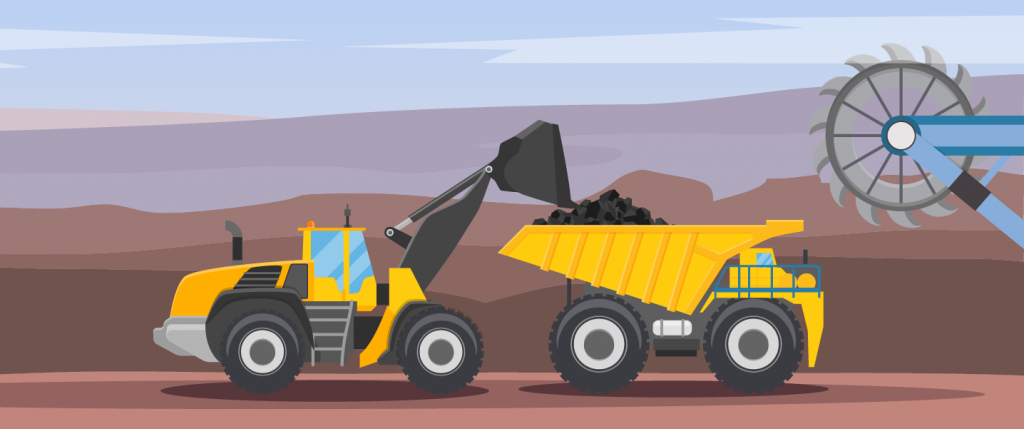Insights
Metals & mining sector: Budget expectations and way forward for technology adoption
January 27, 2023The mining and metals sector is one of the key drivers for the Indian economy. Amongst others, mining and metals business is undergoing a transformation due to recent regulatory changes, technological innovation and energy security concerns. Prominent metals and mining firms are working towards a focussed growth that is low on carbon emissions and waste, therefore the next ten years are set to be an exciting and revolutionary time.

Integrating digital and other exponential technologies throughout the value chain has the potential to open up fresh approaches to managing variability, boosting productivity, making the best use of resources, and generating long-term savings. It is widely acknowledged that technological advancements directly contribute to prolonged competitive edge, and this is pertinent to the mining industry, which faces issues related to resource depletion.
Read More+
Due to reforms like the Make in India Campaign, Smart Cities, Rural Electrification, and a focus on developing renewable energy projects under the National Electricity Policy as well as the increase in infrastructure development, the metals and mining sector in India is anticipated to undergo significant development in the coming years.
Flexibility in mining operations, more productivity, improved coal recovery, increased safety, and cheaper costs are all benefits of technological developments. Majority of economic sectors are being transformed by new technologies. blockchain, artificial intelligence (AI), the internet of things (IoT), machine learning (ML), robotics, and various other developing technologies have altered how traditional business activities or processes were carried out. The mining sector has also seen the inception of these cutting-edge technologies in a number of operations, from mineral prospecting to final processing.
Corporations that are starting the next phase of digital transformation are investing in key component intelligence, improving IT-OT integration, improving data visualisation, implementing advanced self-diagnosis systems, as well as putting integrated value chain optimization in the forefront. A few of the initiatives gaining momentum to develop and assist in achieving the “Intelligent Mine and the Plant of the Future”; include investing in “digital culture and mindset”; and closing the gap between strategy and execution. A group of networked, integrated, automated, and human-centred solutions make up Intelligent Mine. Utilizing digital technologies, Intelligent Plant creates a self-actuating, self-steering operation. Procedures may now be supervised and controlled in real time thanks to sensors, IoT, advanced algorithms, and analytics, which increases output as well as efficiency.
For the domestic metals industry to remain healthy in FY2023–24, the Central Government’s infrastructure-led growth model must continue to get strong support in the forthcoming Union Budget. Concerns about the coal movement bottleneck can be addressed by choosing to enhance the availability of rakes and by increasing the budgetary allocation for solidifying the logistics infrastructure in mineral-rich areas. Metal businesses always expect a decrease in duties from the budget announcements since it would result in additional cost savings. Examples of such duties are renewable energy cess, custom duty on raw material imports, as well as the royalties that apply on mining. India must implement changes designed to seize opportunities in order to increase mineral production. India has a fantastic opportunity to establish itself as a major manufacturing hub due to strong domestic demand as well as growing interest from international manufacturers to relocate operations here. India’s huge mineral and metal potential only adds to its appeal.
The 2023 Union Budget will be significant as India recovers from the pandemic since it will lay the groundwork for Indian businesses to take advantage of new prospects. The industry’s growth and its influence in GDP growth in the post-covid era are anticipated to be significantly fuelled in the future by both rising local demand as well as exports. The government’s capacity to mobilise ample resources towards establishing a world-class infrastructure will be a vital lever to assist India to jump to a faster rate of economic growth over a sustained period of time.
This article was originally published in The Economic Times on 27 January 2023 Written by: Arvind Sharma, Partner. Click here for original article
Read Less-
Disclaimer
This is intended for general information purposes only. The views and opinions expressed in this article are those of the author/authors and does not necessarily reflect the views of the firm.


